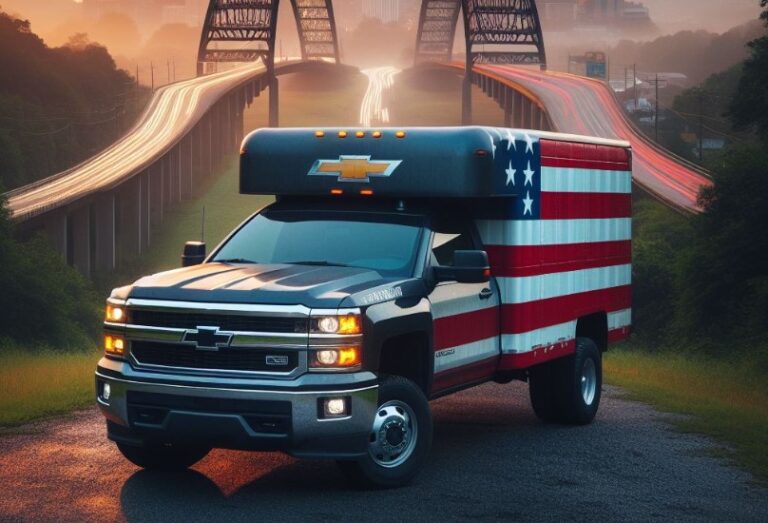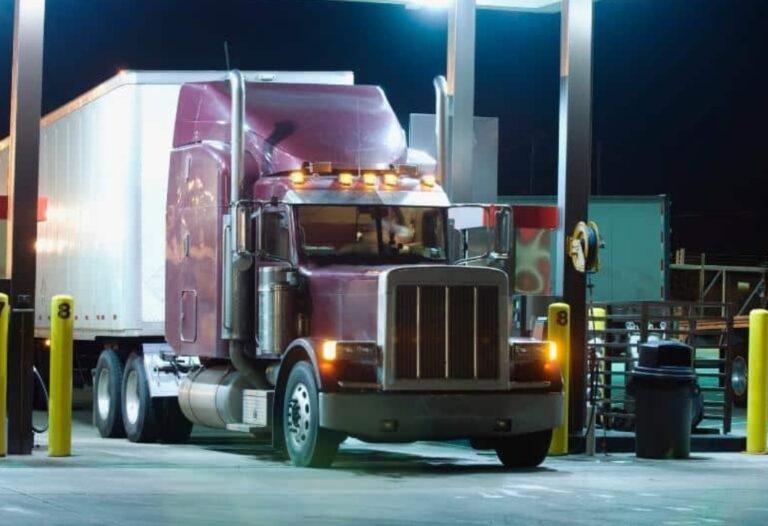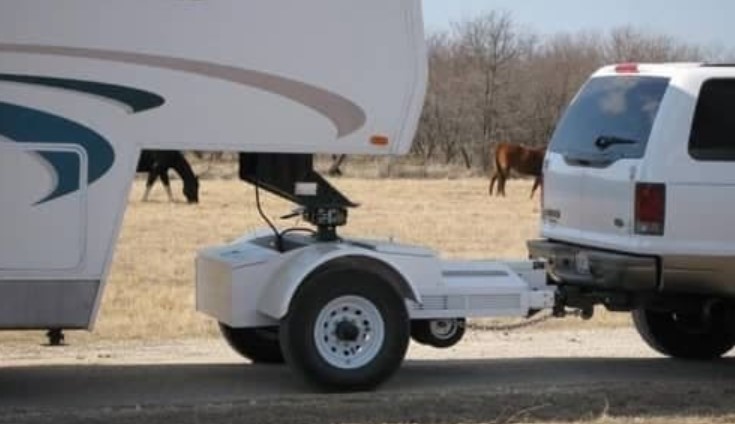What Is Dunnage In Trucking? A Complete Breakdown
This article will explain What Is Dunnage In Trucking? You’ve likely come across this term if you’re involved in the logistics or shipping industry. Dunnage is an essential part of securing cargo during transport. In the trucking sector, dunnage serves as the unsung hero that protects goods and ensures they reach their destination undamaged.
Key Takeaways
- Dunnage is material used to secure cargo during transport.
- Types of dunnage include inflatable airbags, wooden blocks, and foam.
- It helps in reducing damage to goods and is vital for trucking safety.
- Different kinds of cargo require different kinds of dunnage.
- Legal regulations guide the proper use of dunnage in the trucking industry.
What Is Dunnage In Trucking?
Dunnage in trucking refers to the materials used to cushion, support, and secure cargo during transportation to prevent damage or shifting of the load.
These materials can include wooden blocks, inflatable airbags, foam padding, and other specialized products designed to fill empty spaces between items and absorb shocks and vibrations.
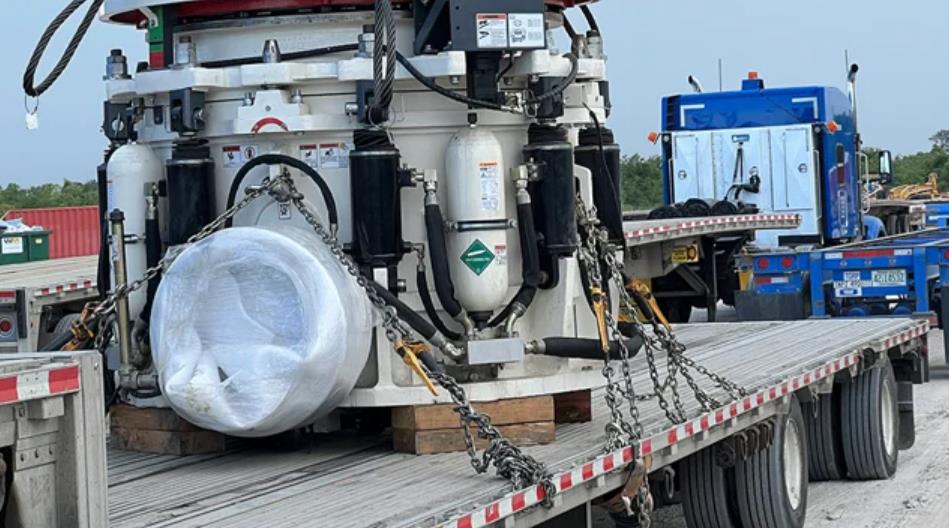
What Is Dunnage?
Dunnage is simply any material used to protect, support, and secure cargo during transportation. It’s the padding or cushioning that goes between items in the truck to ensure they don’t shift, fall, or get damaged during transit.
Types of Dunnage
Dunnage materials come in various forms, each designed to serve specific functions in securing and protecting cargo. Here are some common types:
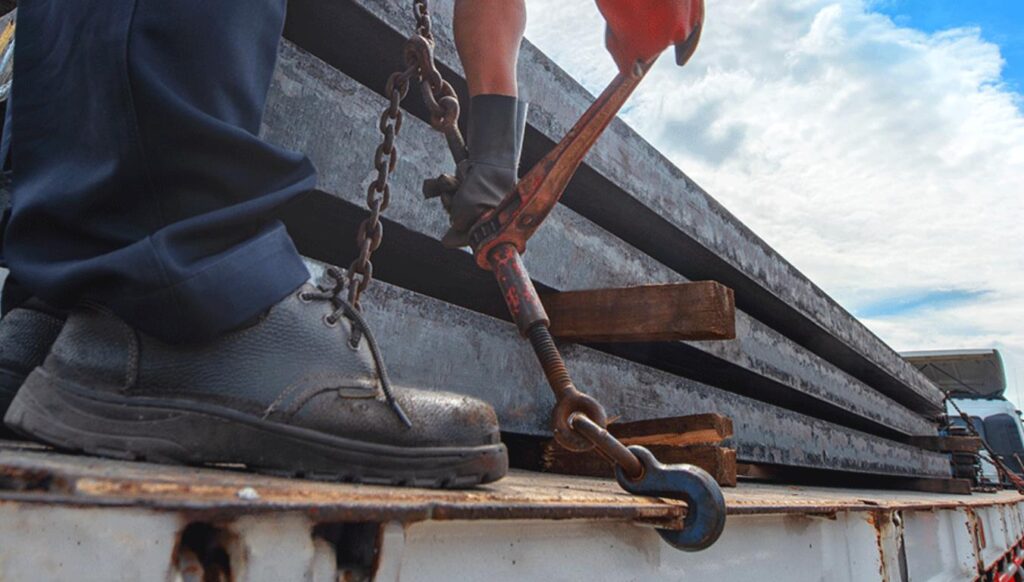
Inflatable Airbags
Inflatable airbags are used to fill empty spaces between cargos, providing excellent shock absorption and stability during transit.
They are particularly effective for securing pallets and boxes and can be deflated and reused multiple times.
Foam and Padding
Foam is often used to cushion fragile or sensitive items from shocks and vibrations. Foam can be cut to fit the shape of specific items, offering tailored protection. Foam comes in different densities, allowing you to choose the right level of cushioning.
Wooden Blocks and Bracing
Made from timber, wooden blocks are durable and can withstand heavy loads. They are usually used for large, heavy items like machinery or construction materials. Wooden bracing can be custom-built to fit specific cargo sizes and shapes.
Corrugated Paper and Cardboard
This type of dunnage is lightweight and best suited for less fragile items. Corrugated paper can be used to wrap items or fill minor voids in the cargo. It is often used for consumer goods and is a cost-effective option.
Plastic Dunnage
Plastic dunnage often comes in the form of trays, bins, or sheets. They are especially useful for small, loose items and can be custom-designed for specific parts. Some plastic dunnage is made to be stackable, saving space in storage and during transport.
Rubber Mats
Rubber mats can prevent sliding and offer a degree of shock absorption. They are often used in conjunction with other types of dunnage and are ideal for metal or machinery parts that could scratch or dent easily.
Specialty Dunnage
This includes custom-designed dunnage made from a variety of materials. Specialty dunnage is often used for high-value or unique items and can include features like anti-static wraps, moisture-absorbing materials, or insulation for temperature-sensitive goods.
Understanding the different types of dunnage available allows you to make informed choices based on your specific cargo needs, thereby ensuring safer and more efficient transportation.
Importance of Dunnage in Trucking
The role of dunnage in trucking is indispensable for ensuring the safe and secure transport of goods. Below are some of the key reasons why dunnage is so critical in the trucking industry:
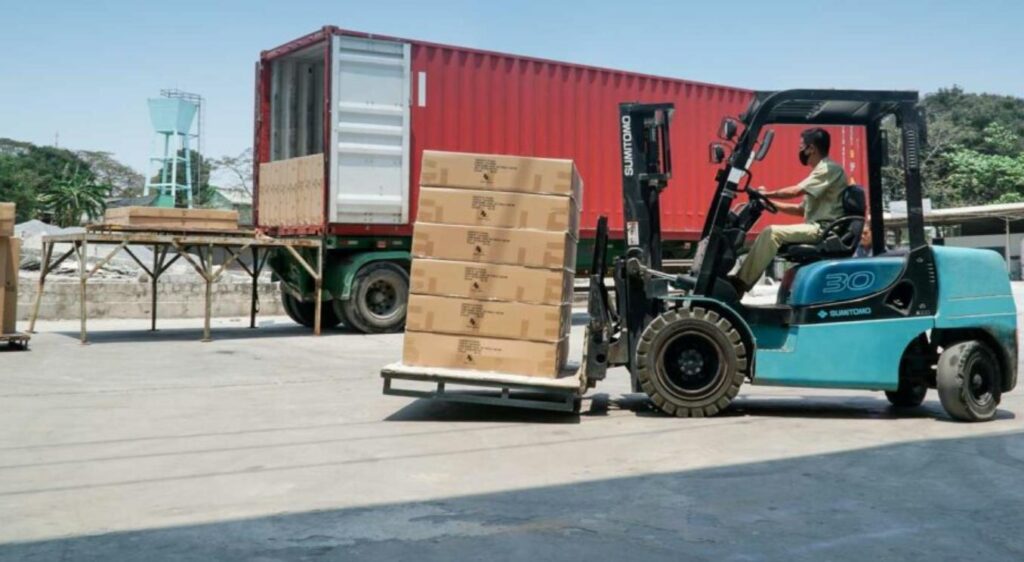
Safety
First and foremost, dunnage ensures the safety of both the cargo and the people involved in its transportation.
Improperly secured loads can shift during transit, causing imbalances that may result in accidents or rollovers. Proper dunnage can mitigate these risks by stabilizing the load.
Cargo Protection
Dunnage serves as a protective layer between sensitive cargo items and the surfaces they rest on.
Materials like foam padding can absorb shocks and vibrations, significantly reducing the risk of damage to fragile or sensitive items.
Regulatory Compliance
Federal and state regulations often mandate the proper use of dunnage to secure loads during transport.
Failing to adhere to these regulations can result in hefty fines, legal repercussions, and even loss of business licenses.
Cost-Effectiveness
While there is an upfront cost associated with purchasing dunnage materials, the long-term benefits of reduced cargo damage, fewer insurance claims, and avoiding legal penalties make it a cost-effective solution.
Versatility
With a wide variety of dunnage types available, from wooden blocks to inflatable airbags, you can select the most appropriate type for your specific cargo needs.
This flexibility allows for the transportation of a broad range of goods, from fragile electronics to heavy machinery.
Environmental Considerations
Some dunnage materials are designed to be reusable or recyclable, offering an environmentally friendly option. By choosing these sustainable options, businesses can reduce their carbon footprint.
Efficiency
Proper use of dunnage can make the loading and unloading processes more efficient. When goods are well-organized and secured, it minimizes the need for adjustments during transit stops, thus speeding up the overall shipping time.
How to Choose the Right Dunnage?
Selecting the right dunnage is a critical decision that impacts the efficiency and safety of your transportation operations.
A poor choice can result in damaged goods, increased costs, and even safety risks. Here’s how you can make an informed decision:
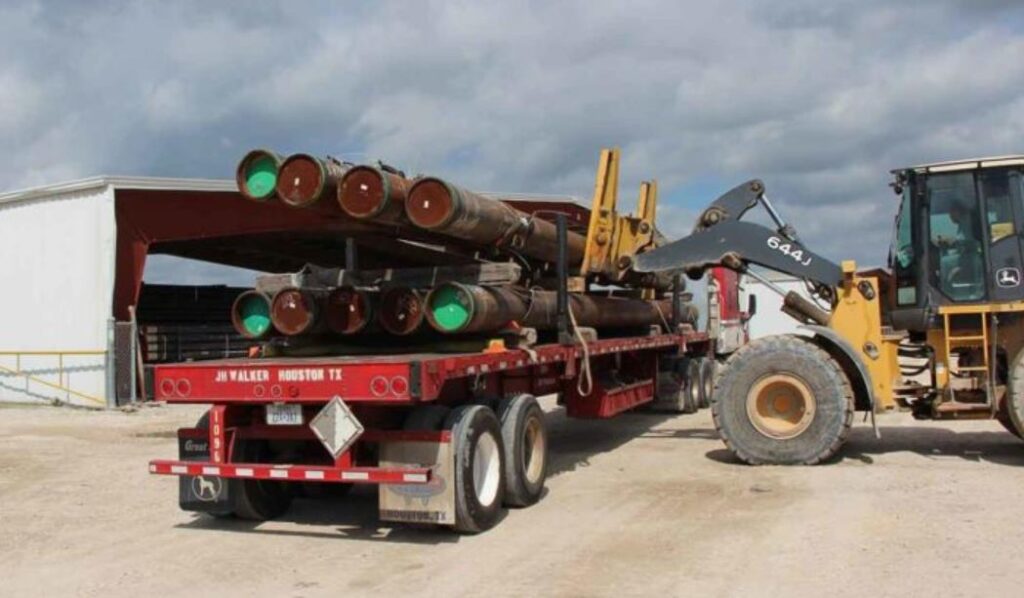
Assess the Cargo Type
First, identify the nature of the cargo you are shipping. Is it fragile, heavy, or oddly shaped? Different cargo types will require different dunnage solutions.
For example, fragile items might benefit from foam padding, while heavy machinery may need wooden blocks or chocks for stabilization.
Consider the Transportation Mode
The type of vehicle used for transportation can influence the choice of dunnage. Flatbed trucks may require more substantial dunnage like wooden bracing, while cargo vans might be better suited for inflatable airbags or corrugated paper.
Regulatory Guidelines
Before deciding on a dunnage type, check the regulations that govern the transportation of your particular cargo. Failure to comply can lead to fines and legal issues.
This is especially important for transporting hazardous materials or goods that have special requirements.
Reusability
If sustainability is a concern, consider dunnage that can be reused. Reusable options like rubber mats or inflatable airbags may have a higher initial cost but can be cost-effective in the long run.
Cost Constraints
Budget is always a factor in any business decision. While it might be tempting to go for the cheapest option, remember that insufficient or poor-quality dunnage can lead to higher costs in the form of damaged goods or regulatory fines.
Evaluate Suppliers
Once you’ve narrowed down your dunnage options, research potential suppliers. Look for suppliers that have a good reputation for quality and reliability. If possible, request samples or do a trial run to test the efficacy of the chosen dunnage.
Consult with Experts
If you’re unsure about the type of dunnage that would best suit your needs, consult with professionals in the field.
Many logistics and transportation companies offer consulting services that can provide expert opinions tailored to your specific requirements.
By taking these factors into consideration, you can select dunnage that not only suits your specific cargo needs but also complies with regulations, fits within your budget, and potentially offers environmental benefits.
Legal Regulations
There are laws and regulations governing the use of dunnage:
- Weight Limitations: Certain types of dunnage can only be used for cargo under specific weight categories.
- Material Restrictions: Some materials are restricted due to environmental concerns.
Environmental Impact of Dunnage
The materials used in dunnage can have environmental implications:
- Reusable Dunnage: Some forms are reusable, thereby reducing waste.
- Recyclable Materials: Opt for dunnage made from recyclable materials whenever possible.
Cost Implications of Using Dunnage
Investment vs. Benefits
Investing in quality dunnage is not just an expense but a cost-saving measure in the long run. High-quality dunnage reduces the chances of cargo damage, thereby avoiding costly insurance claims or replacements.
Cost-Effectiveness
Some types of dunnage, like reusable airbags or wooden blocks, can be cost-effective as they can be used multiple times.
How Technology Is Influencing Dunnage?
The influence of technology on dunnage is profound and continues to evolve rapidly. Innovations in material science, design software, and tracking technologies are making dunnage more effective, efficient, and sustainable. Here’s how:
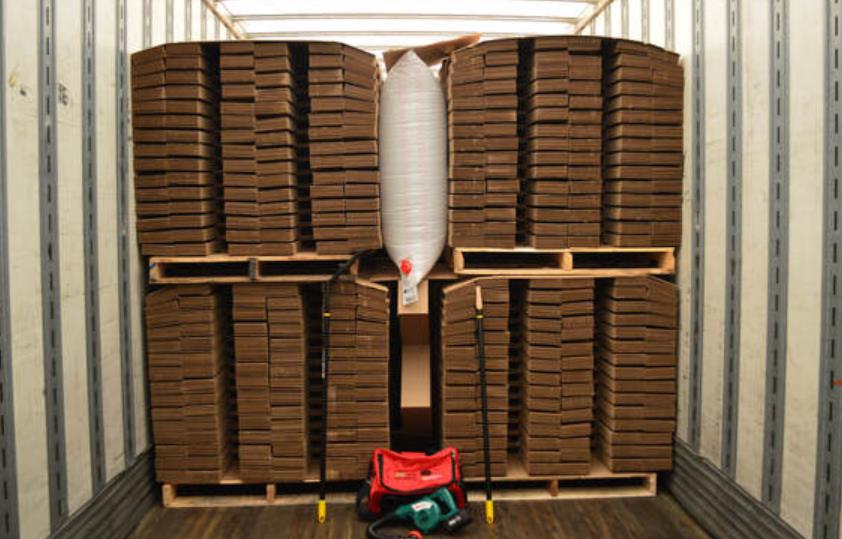
Material Science Advances
Technological advancements in material science have led to the development of new types of dunnage materials that are lighter, stronger, and more environmentally friendly.
For example, bio-based foams and plastics are beginning to replace traditional materials, offering the same protection with a lower environmental impact.
Computer-Aided Design (CAD)
CAD technology allows for the precise design of custom dunnage solutions. This is particularly beneficial for specialty cargo that requires intricate designs for maximum protection.
Custom-designed dunnage can also be more space-efficient, helping to optimize cargo arrangement and thereby reducing shipping costs.
Sensors and IoT
Sensors can now be embedded into dunnage materials to monitor conditions like temperature, humidity, and impact force in real-time.
This data can be used to make immediate adjustments during transit, ensuring that the cargo arrives in optimal condition.
3D Printing
3D printing is enabling the rapid prototyping and production of custom dunnage solutions. This is especially useful for small-batch or specialized shipments, where traditional manufacturing methods might be too slow or costly.
Automation and Robotics
Automated systems and robots are increasingly being used to place and arrange dunnage, speeding up the loading and unloading processes. These technologies can be particularly beneficial in high-volume or time-sensitive operations.
Supply Chain Integration
Advanced software allows for seamless integration between dunnage solutions and broader supply chain systems.
This helps in optimizing the entire logistics operation, from inventory management to final delivery, ensuring that the most suitable dunnage is used at each step.
Data Analytics
Data gathered from various technological tools can be analyzed to improve dunnage performance continually.
This analytical approach leads to data-driven decision-making, making the process of selecting and using dunnage more efficient and effective.
The Relationship Between Dunnage and Load Boards
Better Planning
Load boards that provide real-time information on available cargo can help in planning what type of dunnage will be most suitable for a given load.
Load Matching
Some advanced load boards offer features that include dunnage suggestions based on the type of cargo, helping carriers make more informed decisions.
Dunnage in Specialized Trucking
Cold Chain Logistics
In cold chain logistics, dunnage may include insulated materials that help maintain a consistent temperature for perishable goods.
Hazardous Materials
Specialized dunnage is required for transporting hazardous materials to contain any accidental spills or leaks.
Custom Dunnage Solutions
Tailored to Specific Needs
Some companies offer custom dunnage solutions tailored to specific types of cargo or unique shipping requirements.
Added Security
Custom dunnage often comes with advanced features like shock absorption or moisture resistance for high-value or sensitive items.
Dunnage and Insurance
Reduced Premiums
The use of appropriate and quality dunnage may reduce insurance premiums as it lowers the risk of cargo damage.
Claim Settlements
The absence or improper use of dunnage can affect insurance claim settlements adversely in case of damage.
What Does Dunnage Mean On A Flatbed?
In the context of flatbed trucking, dunnage plays a vital role in stabilizing and securing cargo.
Flatbed trucks are open on all sides and are typically used for transporting large, heavy, or irregularly shaped items like construction equipment, steel beams, and lumber.
Here, dunnage might consist of wooden blocks, chocks, or specialized mats to keep these heavy items from shifting during transport. It can also include strapping or chain tie-downs that are affixed to the flatbed’s built-in anchor points.
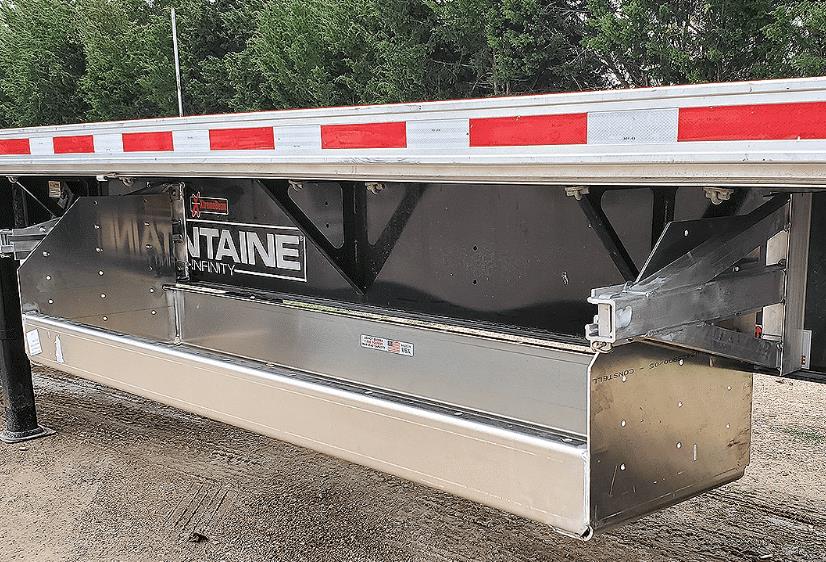
The use of dunnage in flatbed trucking is particularly crucial because of the high risk of cargo shifting, given the lack of side walls and a roof.
Properly used, dunnage ensures that the load remains secure, reducing the risk of accidents or damage to the cargo.
Are Pallets Considered Dunnage?
The term “dunnage” is often associated with materials like inflatable airbags, wooden blocks, and foam padding used to secure cargo. However, pallets occupy a unique space in this context.
While pallets themselves are used as a base on which goods are stacked, they are generally not classified as dunnage because they serve as part of the actual cargo configuration.
In essence, pallets are more like a ‘platform’ that helps in organizing and lifting the cargo rather than materials used to fill voids or secure cargo.
That said, when empty pallets are used to fill empty spaces between goods to prevent shifting, they could be considered a form of dunnage.
So, whether or not pallets are considered dunnage can depend on how they are used in the shipping and handling process.
What Is The Difference Between Dunnage And Pallets?
Dunnage and pallets serve similar but distinct roles in the logistics and transportation sector.
Dunnage is primarily used to secure and stabilize cargo during transit. It can be made from various materials like foam, wood, or inflatable airbags.
These materials are placed around or in between cargo to prevent movement or damage. Dunnage is essentially a ‘buffer’ that absorbs shocks and vibrations while the cargo is on the move.
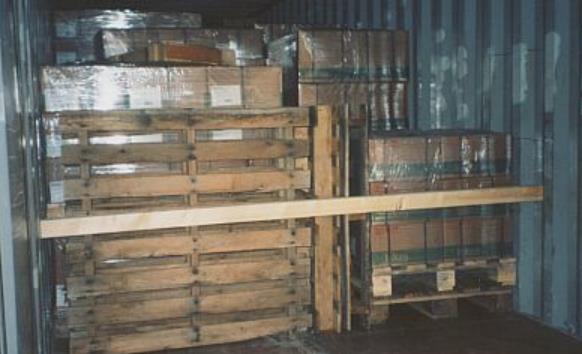
On the other hand, pallets act as portable platforms on which goods are placed for easier handling and transportation. Unlike dunnage, which is used to fill voids and secure cargo, pallets are foundational elements that support the cargo.
They are typically made of wood, plastic, or metal and are designed to be lifted by forklifts, pallet jacks, or conveyor belts. In essence, while dunnage secures the goods, pallets help in moving and organizing them.
What Are The Types Of Dunnage?
There are numerous types of dunnage, each with its specific use-case and advantages. The main categories include:
Inflatable Airbags
These are used to fill the gaps between cargo items, offering excellent shock absorption. They are most suitable for securing pallets and boxed items.
Foam and Padding
Foam dunnage is often used for fragile items requiring a cushion from vibrations or potential impacts. They come in various densities and can be custom-cut to fit specific items.
Wood and Timber
Wooden blocks, chocks, or bracings are generally used to secure heavy or awkwardly shaped items. They offer excellent strength and can be customized easily.
Corrugated Paper
This type of dunnage is typically used to wrap around items or to fill small voids. It’s a cost-effective choice but is best suited for lighter, less fragile items.
Plastic and Rubber
Plastic dunnage is often used in the form of trays or bins for small parts. Rubber mats can also serve as dunnage to prevent sliding or scratching of metal parts.
Specialty Dunnage
This includes custom-designed pieces made from a variety of materials and is often used for specific industrial or high-value items. These might include anti-static wraps or moisture-absorbing materials.
Conclusion
Dunnage in trucking is not just an afterthought; it’s a critical component for the safe and efficient transport of goods. From types like inflatable airbags to wooden blocks, choosing the right dunnage can make all the difference in delivering cargo safely.
Following legal regulations and considering environmental impacts are also crucial aspects of using dunnage effectively.
People Also Ask
Can I reuse dunnage for multiple shipments?
Yes, some types of dunnage like inflatable airbags or wooden blocks can be reused for multiple shipments. However, it’s important to ensure that the reused dunnage is still in good condition and suitable for the specific type of cargo you are transporting.
What is the cost of using dunnage in trucking?
The cost can vary widely depending on the type of dunnage used and the quantity needed. Some forms of dunnage like foam or paper can be relatively inexpensive, while custom dunnage solutions for specialized cargo can be costly.
Are there any legal penalties for not using dunnage properly?
Yes, improper use of dunnage that leads to cargo damage or safety risks could result in legal penalties, including fines or even license suspensions for carriers.
How do I know which type of dunnage is best for my cargo?
The choice of dunnage largely depends on the type of cargo you’re transporting. Fragile items may require foam or padded dunnage, while heavy or awkwardly shaped items might require wooden blocks or bracing. Some advanced load boards even offer dunnage suggestions based on cargo type.

Welcome to the exhilarating world of Matt Rex, a professional car racer turned renowned vehicle enthusiast. Immerse yourself in his captivating blog as he shares heart-pounding adventures, expert reviews, and valuable insights on cars, trucks, jets, and more. Fuel your passion for speed and discover the beauty of vehicles through Matt’s engaging stories and meticulous expertise. Join the ever-growing community of enthusiasts who find inspiration and expert advice in Matt Rex’s blog—a digital hub where the thrill of speed meets the pursuit of knowledge.



